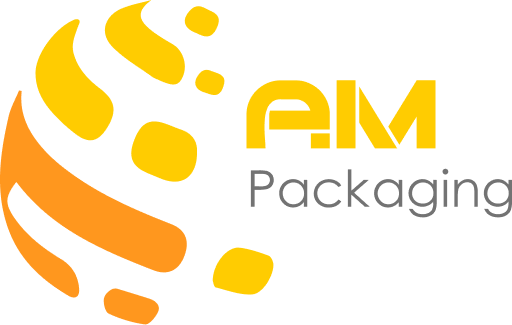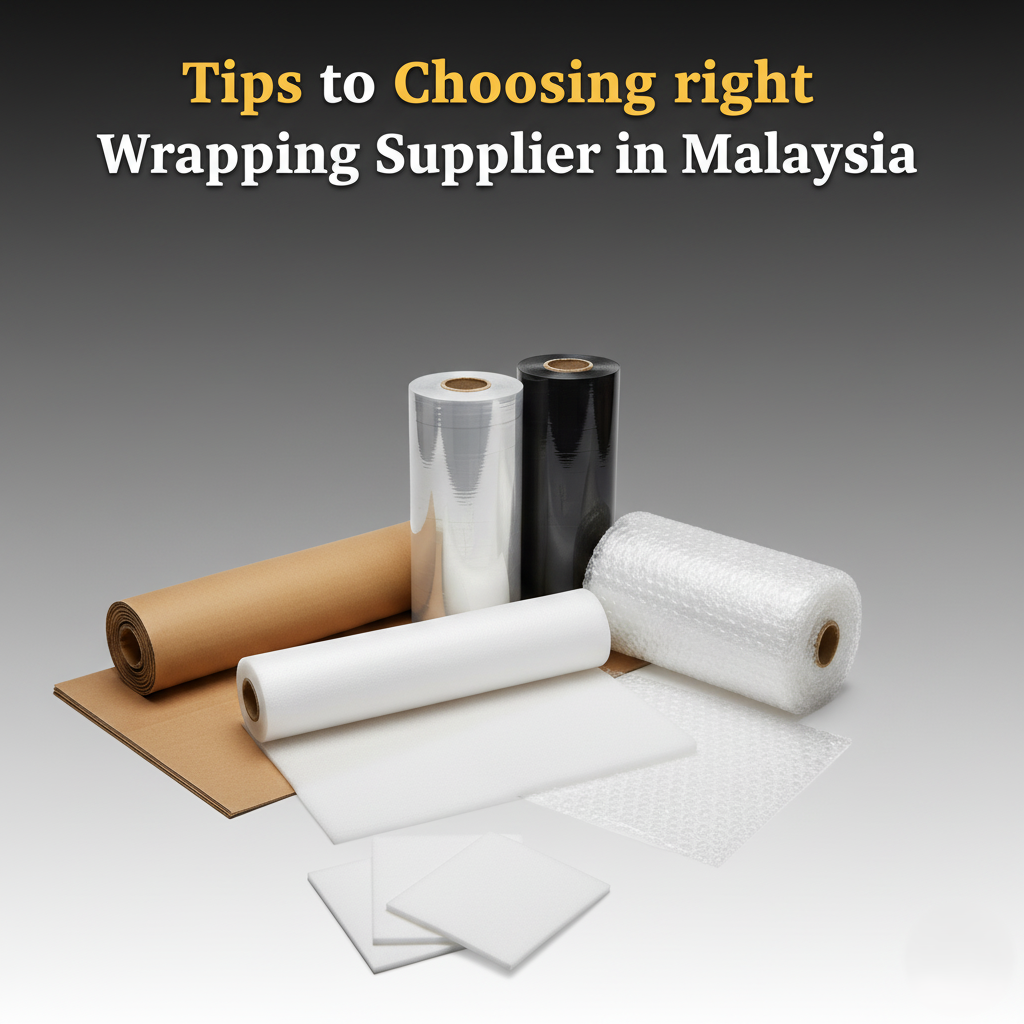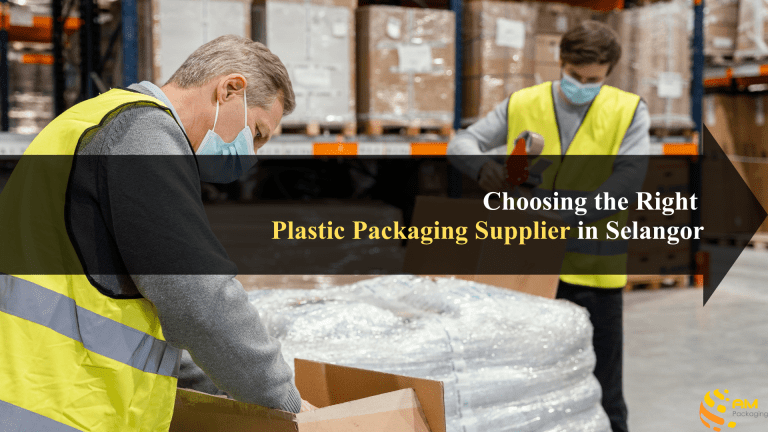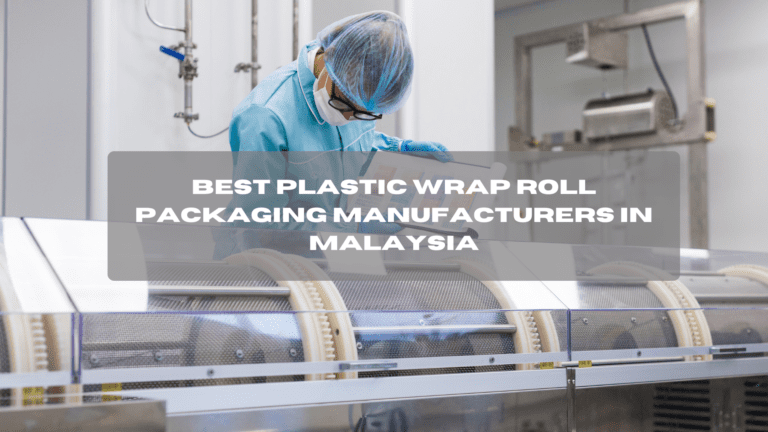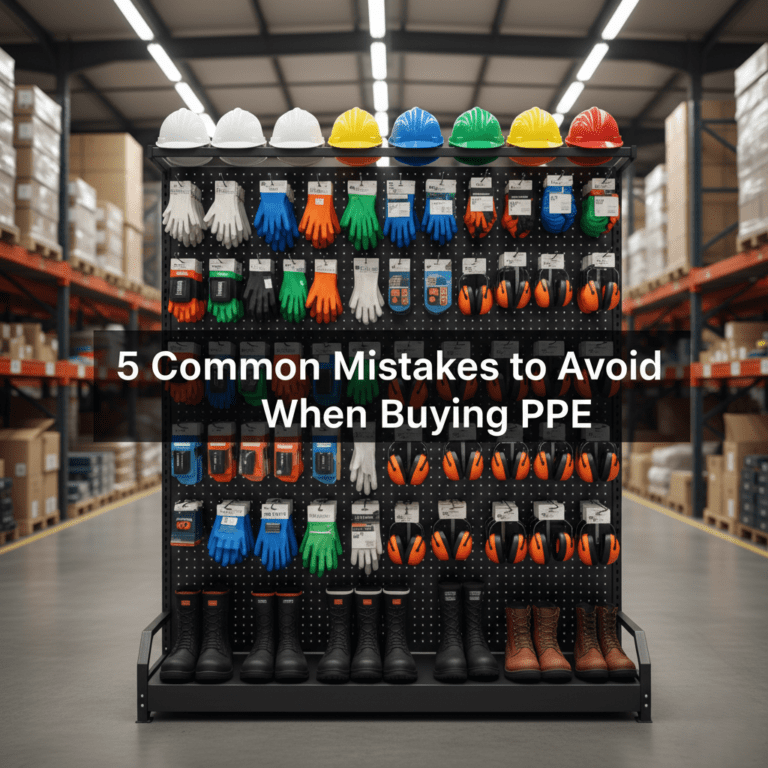Introduction
Have you ever wondered how some businesses manage to deliver products safely every time, even during long-distance transport? The secret often lies in proper packaging. Ensuring products arrive intact is just as important as producing them, and the right wrap and foam materials can prevent damage, reduce returns, and enhance customer satisfaction.
Whether you’re shipping fragile electronics, food items, or industrial products, using the correct cushioning and securing methods ensures items remain intact and presentation-ready. As a trusted wrapping plastic supplier in Malaysia, AM Packaging provides a range of wrap and foam solutions designed to give your products reliable protection while improving packing efficiency. Let’s explore some tips to help you package smarter and protect your products effectively.
Choosing the Right Material
Selecting the correct wrap or foam is crucial to minimize damage and waste. Each material serves a specific purpose depending on product weight, fragility, and transport conditions.
| Material Type | Best Use Case | Key Benefit | Practical Tip |
| Coreless Stretch Film | Securing heavy pallet loads | Strong load retention, eliminates paper core | Apply 3–5 layers around the pallet, tension controlled with dispenser |
| Standard Stretch Film | Light or irregular pallets | Consistent tension without overstretching | Wrap corners carefully and avoid excessive stretching to prevent tears |
| Foam Sheets | Cushioning fragile items | Absorbs shocks, prevents scratches | Cut to fit product edges; layer 2–3 sheets for high-impact areas |
Using the right material ensures stability, absorbs shocks, and prevents scratches, while also reducing excess usage and operational costs. Businesses should also track which materials work best for different product categories, helping streamline future packing processes.
Proper Layering and Cushioning
How products are arranged and protected internally matters as much as the wrapping itself. Proper layering reduces movement and prevents crushing.
- Place heavier items at the bottom of boxes or pallets to prevent crushing lighter items.
- Wrap fragile items individually using foam sheets to absorb shocks from handling or vibration.
- Protect corners and edges with additional foam padding, which is often the first point of impact during transport.
- Use foam dividers when multiple small products are packed together to prevent rubbing or scratches.
- Consider double wrapping particularly delicate products in foam and stretch film for extra security.
Proper layering and cushioning not only reduce damage but also enhance the unboxing experience for customers, improving brand perception.
Pallet Wrapping Techniques
Even high-quality materials won’t help if pallets are unstable. Effective pallet wrapping is essential to ensure safety during storage and transit.
- Wrap the base first to anchor items securely to the pallet.
- Apply overlapping layers in a spiral motion to prevent shifting of boxes.
- Reinforce taller or uneven stacks with extra stretch film layers.
- Check that all boxes are snugly wrapped and no edges are exposed.
Using the correct wrapping technique reduces damage risk, prevents workplace injuries from falling products, and streamlines handling in warehouses and transport vehicles.
Environmental Considerations
High-quality materials only deliver results if handled correctly. Businesses can save time and costs by implementing quality checks and efficient packing routines.
- Inspect wrapped pallets before shipment to ensure tightness and coverage.
- Replace torn or overstretched foam sheets immediately to maintain protection levels.
- Standardize packing methods for each product category to improve consistency.
- Pre-cut foam sheets and prepare materials in advance to speed up the packing process.
- Track material usage to prevent overuse and control costs while maintaining safety standards.
These practices not only reduce waste but also improve operational efficiency, helping businesses maintain a high level of service reliability.
Comparing Materials for Different Needs
| Product Type | Best Wrapping Option | Extra Notes | |
| Heavy machinery parts | Coreless stretch film + foam | Use multiple foam layers to prevent scratches | |
| Electronics and gadgets | Foam sheets + standard film | Double wrap delicate items, avoid tight stretching | |
| Food products | Standard stretch film | Ensure moisture barrier to preserve freshness | |
| Small retail items | Foam inserts + standard film | Use dividers to prevent contact and movement |
Conclusion
Using the right wrap and foam materials is essential for protecting goods, reducing returns, and enhancing customer satisfaction. From careful material selection to proper layering, pallet wrapping, and considering environmental factors, each step matters in ensuring products arrive safely.
Partnering with a trusted wrapping plastic supplier Malaysia like AM Packaging provides access to durable, practical, and efficient wrap and foam solutions. Their products help businesses safeguard goods, reduce material waste, and streamline packing operations with confidence, making every shipment more secure and reliable.
FAQs About Korakoh Rubber Boots
What is the difference between PE foam and bubble wrap?
PE foam is soft, flexible, and excellent for cushioning heavy or fragile items, while bubble wrap provides air-filled protection, ideal for lightweight or delicate products. For a variety of packaging solutions, you can check AM Packaging Malaysia.
Which foam is suitable to pack heavy machinery items?
High-density PE foam or reinforced foam sheets are best for protecting heavy machinery, as they absorb shocks and prevent scratches during transport. Explore suitable options at AM Packaging Malaysia.
How do I choose the right thickness and size when buying from a Wrapping Plastic Supplier Malaysia?
The right thickness and size depend on product weight, fragility, and storage conditions. Thicker foam or wider rolls offer better protection for heavy or irregular-shaped items. You can find guidance and products at AM Packaging Malaysia.
Disclaimer Statement
We hope you found this article informative. Our content is intended for general informational purposes only and does not constitute advice or necessarily reflect the full range of services offered by AM PACKAGING SDN BHD
Readers are advised to consult with a qualified industry professional and contact our experts for recommendations specific to their individual project needs. While we strive for accuracy and completeness in our blog posts, we cannot guarantee they are error-free. AM PACKAGING SDN BHD assumes no responsibility for any errors or omissions.
